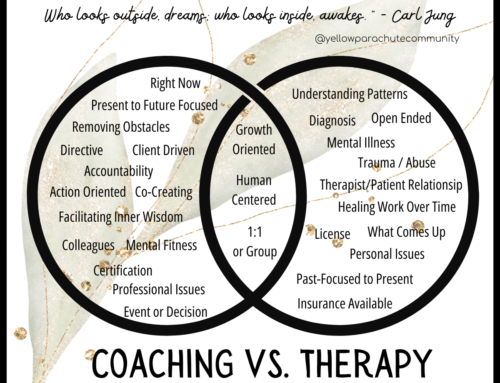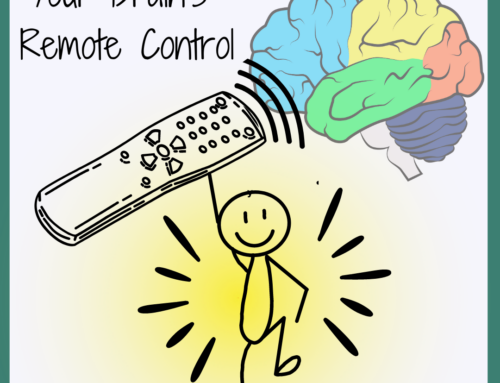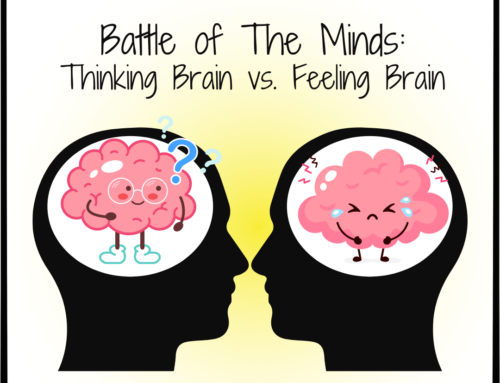The Note Taking Guide for Teens with ADHD
High school demands top-notch study strategies, time-management tools, and organization skills. In the spirit of tackling one key area at a time, use these ideas to identify and overcome common ADHD challenges with taking notes!
Empowered Note Taking
ADHDers (and non ADHDers too!) can have a love-hate relationship with their notes.
It can be hard to get motivated to take out the notebook in class, keep up with the teacher’s lecture style, filter out the most important information, know exactly what to write, how to organize it, make sure it’s legible for later, and even how to go back and use the notes that you’ve taken to study.
If you’re in need of some inspiration to make these things happen for you, try focusing on a WHY that motivates you. You may not be “in love” with the classes you are taking, but you can find a connection to items on your bucket list for the future. In addition to helping you work smarter, not harder, having a clear understanding of why taking good notes is important can help you stay engaged and invested in the process.
A focus on notes and note-taking helps:
- Use learning time during the school day more efficiently: By actively taking notes, you are engaging with the material in real-time. This helps you absorb and understand the information faster, allowing you to make the most of your learning time in class. And when you utilize your learning time effectively, you’ll have more free time to do what you want later.
- Give you the opportunity to ask questions about what you don’t understand: Taking notes allows you to identify gaps in your understanding or areas where you need clarification. By jotting down questions or areas of confusion, you have the chance to discuss them with your teacher while the information is fresh in your mind. Not only does this help you gain a better grasp of the subject matter, but it also shows your teacher that you are actively engaged, which can earn you participation points.
- Make class seem more interesting: Let’s face it, sitting through a long lecture can sometimes be boring. However, when you actively take notes and engage with the material, you may find that the class becomes more interesting. By actively listening and participating in note-taking, you are stimulating your brain and staying connected to the content being presented.
- Build confidence because you know what’s happening in class: When you take thorough and organized notes, you have a clear record of what was covered in class. This knowledge gives you confidence because you know that you haven’t missed any important information. You can refer back to your notes anytime you need a refresher or when studying for exams.
- Make assignments and homework easier to start because you know what to do: Good notes serve as a roadmap for your assignments and homework. When you have well-organized and comprehensive notes, you can easily refer back to them to understand what tasks need to be completed. This clarity helps you overcome the initial hurdle of starting assignments and makes the process smoother and less overwhelming.
Common pitfalls:
Taking effective notes is not without its challenges. Here are some common pitfalls that ADHDers may encounter:
- So many cute “notebooks” that you can’t find your notes: It’s easy to get caught up in the allure of colorful or trendy notebooks. However, having multiple notebooks for different subjects can lead to confusion and difficulty in locating specific notes. Avoid this pitfall by using a consistent system or color coding method to keep track of your notes.
- Non-consecutive page use leaves you flipping forever: If you tend to jump around different pages in your notebook without following a sequential order, it can make finding specific information a time-consuming task. To address this issue, try to maintain a consistent page order or consider using dividers to separate different topics or subjects within your notebook.
- Scrambled systems, not knowing which notebook is for which subject: Keeping track of multiple notebooks for different subjects can be challenging, especially if they all look similar. To solve this problem, clearly label each notebook with the subject it pertains to, either on the cover or spine. This way, you’ll always know which notebook to grab for a specific class.
- Not able to read your handwriting or understand what you wrote later: ADHDers may struggle with messy handwriting, making it difficult to decipher their own notes later on. To combat this issue, focus on improving your handwriting through practice and utilize techniques like slowing down while writing and using print instead of cursive. Additionally, consider using color-coded pens or markers to highlight important information or headings.
- Missing pages/information – they’ve fallen out or written in a different notebook: Losing pages or having information scattered across multiple notebooks can lead to frustration and inefficiency when studying. To avoid this, consider using a binder system with hole-punched paper or use a notebook that allows you to easily add or remove pages. Alternatively, you can use digital note-taking apps or platforms that allow you to organize and access your notes from one central location.
- Realizing too late that you’re missing important information: Discovering missing or incomplete notes when it’s time to study can be stressful. To prevent this, develop a habit of reviewing and organizing your notes after each class. Take the time to fill in any missing information, clarify unclear points, and ensure that your notes are complete and coherent.
- Losing handouts in your folders, backpack, or locker because they don’t have a designated place: Keeping track of loose handouts can be challenging, resulting in important materials getting lost or misplaced. Establish a designated spot in your backpack or folder where you can store handouts immediately after receiving them. Additionally, consider using plastic sleeves or folders with pockets to keep your handouts organized within your binder or notebook.
What to do about it? Identify your problem areas and seek solutions to fix them:
Recognizing your individual challenges with note-taking is the first step towards finding effective solutions. Here are some strategies to address common problem areas:
- Can’t stick to a system? Try setting aside one day a week to sort through all of the different notebooks you have and get the notes to the right places. This regular organization session will help you maintain order and ensure that your notes are in the appropriate locations.
- Find an accountability buddy to do this notebook-sort with, and treat yourselves to a chai tea or your favorite iced latte afterward! Having a friend or classmate who shares similar struggles can provide motivation and support as you work together to stay organized and on top of your note-taking.
- Not sure what you wrote? Always review your notes after school each day to make sure you understand the concepts you learned. This is a brilliant way to study in little snippets of time. By reviewing your notes regularly, you reinforce your understanding of the material, identify areas that need clarification, and reduce the chances of forgetting important information.
- Lose track of notes? Write the date, class period, and subject of the note-taking at the top of the page. This simple practice will help you organize your notes by date and subject, making it easier to locate specific information when needed. Additionally, consider using sticky tabs or bookmarks to mark important sections within your notebook for quick reference.
- Too much paper? Consider using an iPad or other digital devices to take notes, download handouts, and organize your study guides. Digital note-taking can be more efficient and eco-friendly, as it eliminates the need for physical paper and allows you to easily search and organize your notes digitally. Experiment with different note-taking apps or platforms to find one that suits your needs and preferences.
This special note-taking strategy can help students manage ADHD in high school and stay focused. During lectures, start by writing the date and topic at the top of your notes.
Then, use the BROIL system to pick out important ideas:
- B=anything the teacher writes on the Board;
- R=anything the teacher Repeats;
- O=anything the teacher mentions will be On the test;
- I=anything the teacher says is important;
- L=anything that is in a List.
By implementing these strategies and techniques, you can overcome the challenges associated with note-taking and empower yourself to succeed academically. Remember, taking effective notes is not just about capturing information; it’s about actively engaging with the material, organizing your thoughts, and creating a valuable resource for future reference and study.
Do you need a little bit more than a blog post to motivate you?
No problem! We’ve got you covered with targeted Quantum Jump coaching. In either a small group or 1:1 format, Quantum Jump Coaching meets learners where they are to help them unlock motivation and habits to get to the next level. Contact our Student Connector today to discuss the option that is best for you!
Yours in the journey,
Cara
Post Views: 117







